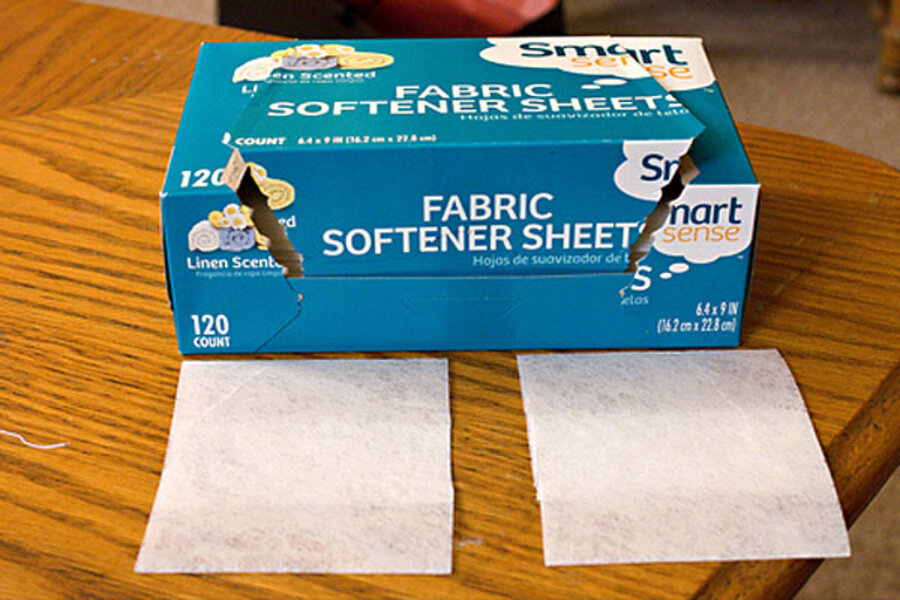Money-saving tip: Reuse dryer sheets
Loading...
Dryer sheets do a pretty good job of reducing static cling on items in the dryer, plus they can add a bit of freshness to the smell of clothes and other articles.
Still, the cost of these sheets adds up. For “name brand” sheets, you’re going to be paying about five cents per sheet. For generic sheets, the cost goes down to about three cents. If you’re using a dryer sheet in each load and you average a load a day, that’s $11 to $18 a year in dryer sheet costs.
That’s an unnecessary expenditure, especially since dryer sheets have at least two uses in them and you can cut them in half and use each half separately. That creates four uses out of each dryer sheet, cutting the cost down to $2 to $4 per year, which saves you $9 to $14 over the year depending on your brand.
Plus, it’s trivially simple to do.
For reusing sheets, I just save a sheet or two on top of the dryer. If I dry a load of laundry, I check to see if there’s a dryer sheet on top of the dryer. If there is, I use that sheet. If there’s not, I grab one from the box.
When a load is finished, I check to see if there’s a tear along one of the edges. If there’s not, then I tear the dryer sheet so that there is a tear along one of the edges and toss it on top of the dryer. If there is already a tear, I dispose of the dryer sheet.
This system takes no time at all compared to just pulling out a dryer sheet and disposing of one, so it’s just a doubling of the value you get from dryer sheets.
As for cutting them in half, the easiest way to do that is in bulk. Take a big stack of dryer sheets and run them through a paper cutter, doing big handfuls at once. You can cut a box of them in just a few seconds this way, which doubles the number of dryer sheets you get.
Another technique is to just use a large serrated knife and simply cut the entire unopened box in half right down the middle. This effectively “opens” the box and exposes two halves, each of which contain dryer sheets that have already been cut. Again, this takes just a few seconds.
I don’t think it’s particularly cost-effective to cut them by hand with scissors, but if you are looking for a task for idle hands to do while watching a television show, this is certainly one thing you could be doing. After all, each sheet you cut would save you a few cents.
Maximizing dryer sheet usage is a small thing, of course, and it’s not a big financial win by itself. However, there’s very little time invested in this at all and the rewards from it are real enough to buy you lunch once a year. That’s a win for me, even if it’s a small one.
This post is part of a yearlong series called “365 Ways to Live Cheap (Revisited),” in which I’m revisiting the entries from my book “365 Ways to Live Cheap,” which is available at Amazon and at bookstores everywhere. Images courtesy of Brittany Lynne Photography, the proprietor of which is my “photography intern” for this project.






